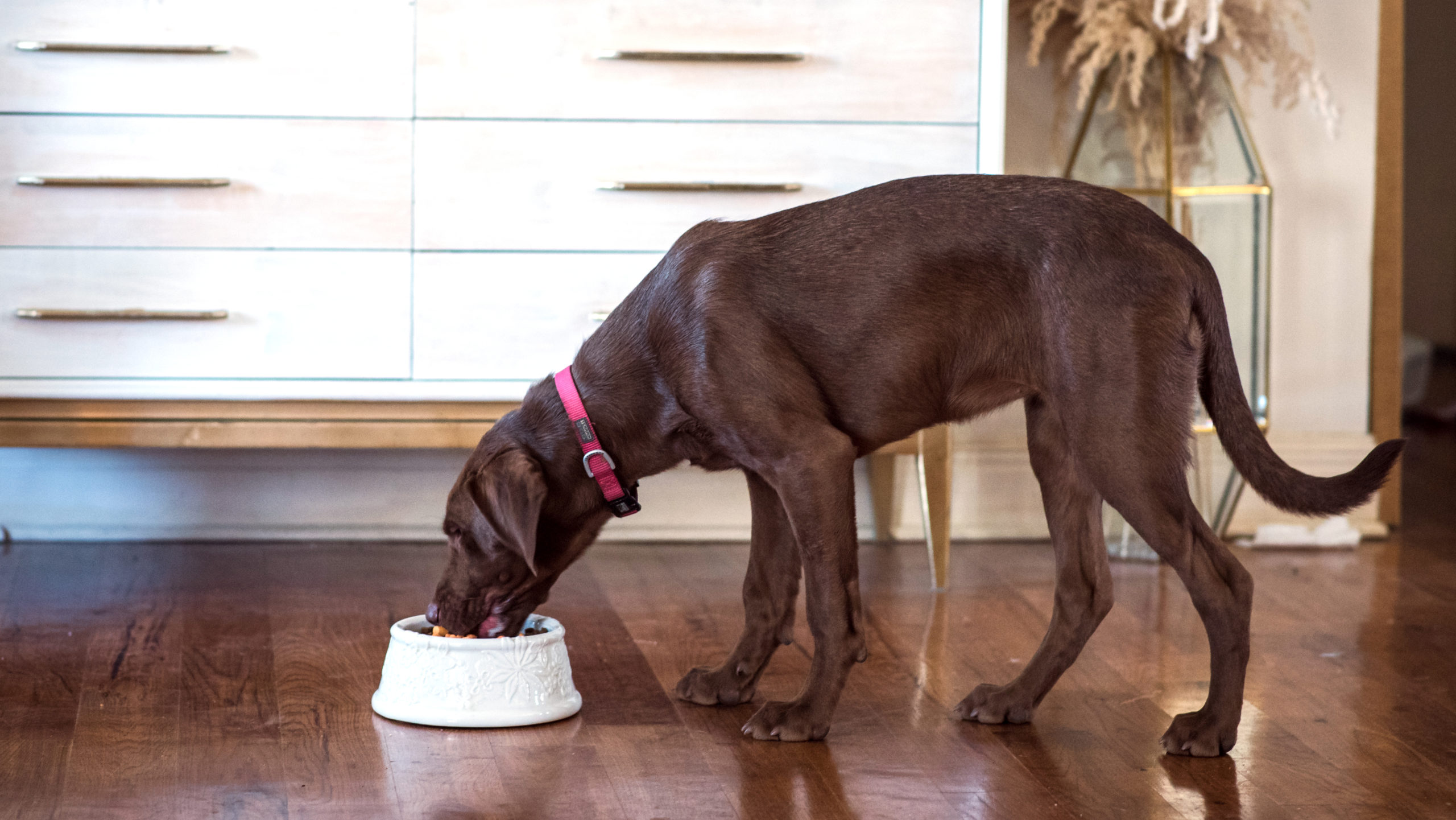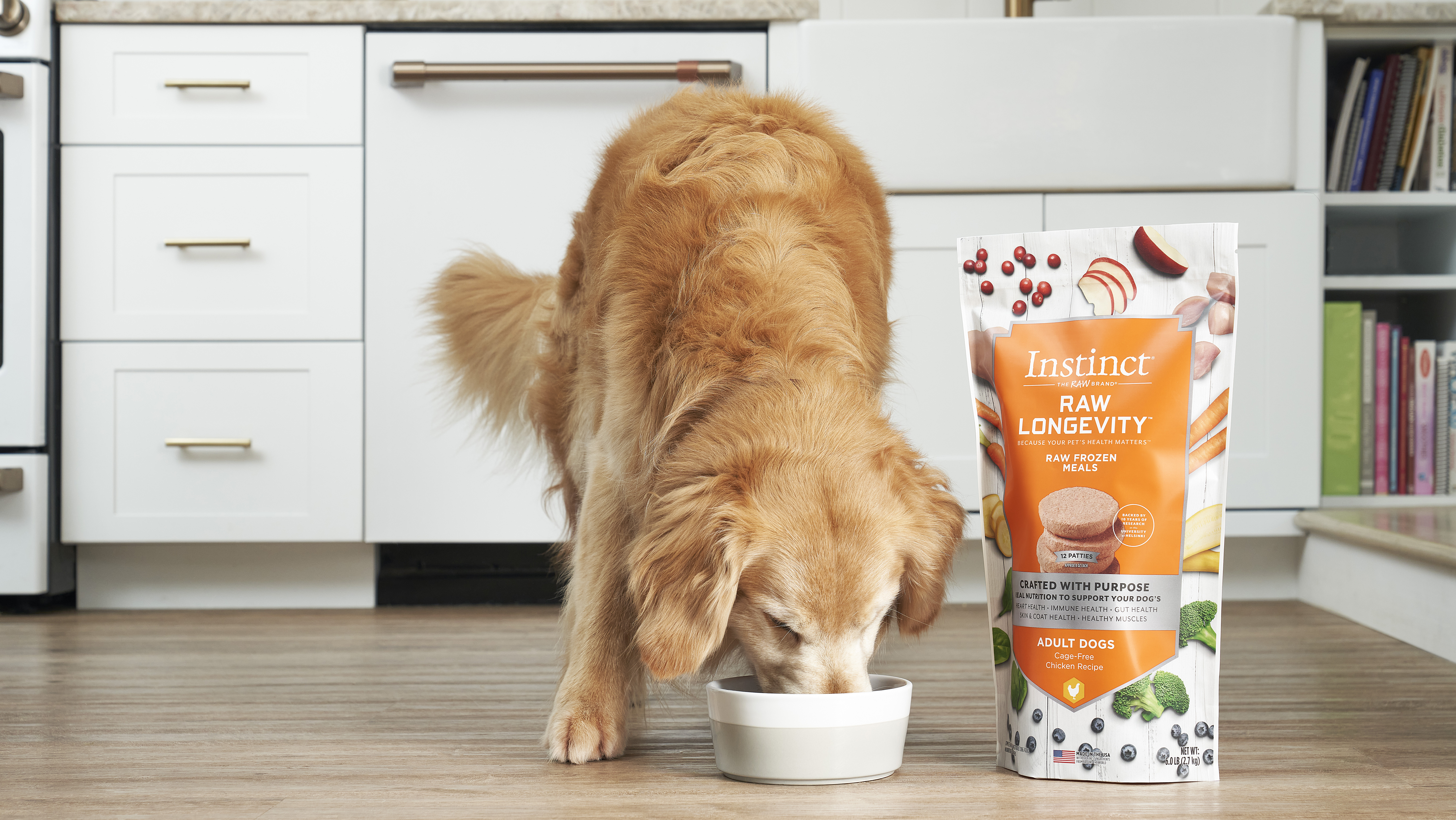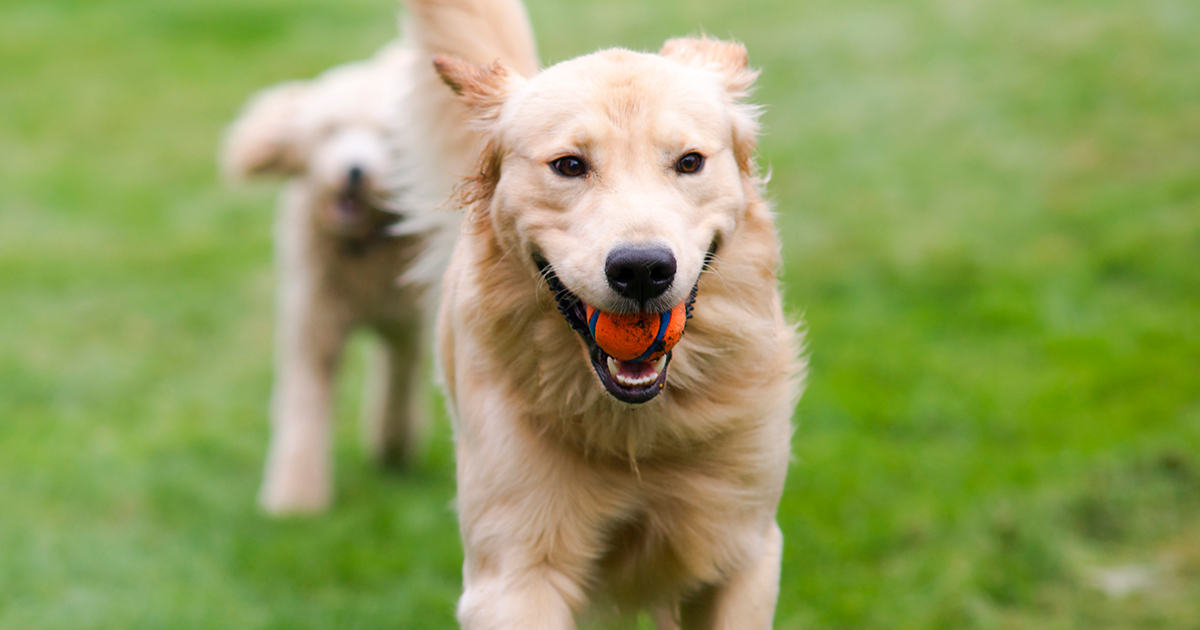A Fresh Take on Raw – Introducing Instinct® FreshRaw™ Meals!
Today’s pet parents want real, whole-food nutrition that they can recognize and trust. That’s exactly what NEW Instinct® FreshRaw™ Meals delive...
Read More





Along with plenty of snuggles and endless devotion, every kind of pet comes with its own unique set of—shall we say—issues, and dogs are no exception. Regardless of age, dogs require loads of attention, care, and love. Any dog owner will tell you that the benefits are worth the work, but that doesn’t mean the challenges aren’t…challenging! In particular, when you have a picky eater, it’s easy to feel overwhelmed and at a loss for answers.
Many parents of persnickety pups try the typical fixes—adding cheese to their kibble, mixing their food with pieces of cooked meat, or serving it with bone broth—only to find their meals still aren’t well-received (nor are they as healthy as they could be). You might even offer various forms of food (kibble, wet food, etc) and still your dog turns up their snout. Frustrating!
While the traditional methods may not have worked, don’t despair: You’ll hit on one that will.
Visit the vet: When you first notice your pet’s bowl going unfinished, you may wonder if your dog is just highly discerning or whether there’s a deeper issue at play. And while your pup could be fussy over food for a number of reasons that aren’t necessarily health-related, if they’re losing weight, acting unusual for days on end, or exhibiting super low energy, it’s worth calling your veterinarian for an appointment. “Since loss of appetite is the first sign of many illnesses, a vet visit should come first,” suggests vet nutritionist Susan Wynn, DVM, DACVIM (Nutrition) and Senior Director of Scientific Affairs for Instinct Pet Food.
Be sure you aren’t over-feeding: It sounds counterintuitive, but your dog may be declining because he’s eating too much. Maybe you’re feeding table scraps between meals (or the kids are sneaking him snacks under the table), or you’ve got a sneaky garbage scavenger. Don’t assume your dog is undereating, when the problem could be just the opposite. “If no illness is found, the next thing to consider is whether the pet is overweight,” Wynn tells us. “Many, if not most, pets will try to control their own weight despite owners who think that pets should eat more than they actually need.”
In fact, she says, studies show that most dog owners don’t know what an ideal weight looks like, nor do they spot the signs of an overweight dog. (If you’re in need of doggie weight awareness training, get a body conditioning score for an easy, at-home check. Also, be sure to ask your vet how many calories your pet needs each day, and check the calorie count on your food.)

Feed them raw: Raw food diets can be wildly beneficial for dogs, and can appeal to even the pickiest eaters. Raw pet food is minimally processed and contains raw meat. The best brands include a rainbow of fruits and vegetables for unmatched nutrition. Because raw pet food is never cooked, it retains more nutrients than cooked food. And, contrary to popular belief, feeding your dog a raw food diet doesn’t have to require hours chopping vegetables. Instead, you can buy raw pet food, like Instinct Raw Longevity, at your local neighborhood pet store. This pre-made raw option is nutritionally balanced and made with the highest safety and quality standards. Just take it out to thaw before your dog’s mealtime, and it’s ready to eat. (Instinct also makes shelf-stable, freeze-dried raw meals, as well as freeze-dried raw and kibble meal blends.)
Not only do most dogs find raw food more delicious than dry kibble, but thanks to high quality ingredients, Instinct products like Raw Patties for Puppies and frozen Raw Bites for Adult Dogs also offer tons of benefits, like supporting your dog’s muscle maintenance, heart health, skin and coat health, and gut health. Many parents have found serving Instinct increases their dog’s mealtime excitement. Feeding your dog a raw food diet can both improve their overall health and eating habits, without adding work to your plate. That’s a deal we’ll take any day.
Feed your pet in a quiet place, away from distractions: Dogs, especially puppies, can be high energy animals with short attention spans—and this tendency towards distraction could be the reason they aren’t eating. One trick you might find helpful is to feed your dog somewhere quiet, away from stimulations like noises and movement and other animals. Try moving your dog’s bowl to the laundry room or somewhere similarly secluded and see if they’re more interested—or just leave the kitchen so your pup can eat on their own. You’ll take the pressure off and allow them to enjoy mealtime at their own pace—they can smell the food and inspect it without feeling like you’re waiting for them to finish it.
Ramp up your pet’s daily exercise: Physical activity can help increase a dog’s appetite. The more energy they use and calories they burn, the more they need to replenish their reserves. They’re not unlike humans that way. So if your dog doesn’t seem hungry, ramping up their activity level may change that. Going for an extra walk with your dog, taking them on a run with you, playing fetch more often, or letting them frolic at a dog park can make a major difference in their appetite. Treat your dog’s exercise needs like you would your own—you’ll be surprised how hungry they become as a result.

Make the food more appealing: Making your pet’s food look appetizing can increase their desire to eat. A bowl that contains a variety of food can be more appealing—and mixing raw food into your pet’s kibble is one way to achieve that. There’s a misconception that raw food shouldn’t be mixed with kibble, says Wynn, but it most certainly can!
“This myth is born out of a misunderstanding of digestive physiology,” she says. Raw food and kibble are safely fed to thousands, if not hundreds of thousands, of dogs daily.
Different types of pet food—dry, canned, dehydrated, frozen cooked, frozen raw, freeze-dried cooked, freeze-dried raw, etc.—can be mixed together to create a more appetizing meal. If your dog seems tired of kibble, try mixing high-quality raw food into it. They just might gobble it down!
Our site uses cookies to improve the website experience, products, to personalize content and ads, to provide social media features and analyze our traffic. By agreeing to the use of cookies on our website, you direct us to share information about your use of the website with our social media, advertising and analytics service providers. For more information, please see our Privacy and Cookie Policy.
Accept